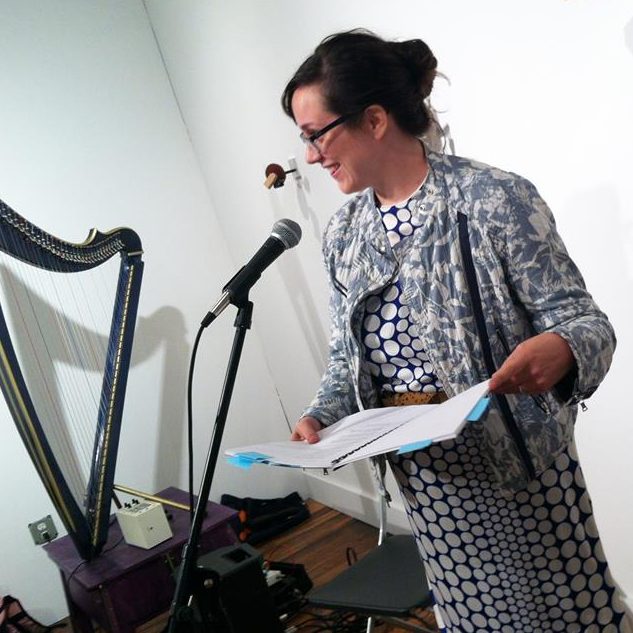Meghan Dahn, The New Yorker
Meghan Dahn served as a poetry reader for The New Yorker for over two years. At the time of this interview, she worked as development director at the Center for Fiction.

How did you end up at The New Yorker?
I went to Columbia for my M.F.A in poetry. Around my last semester, my adviser came to me and said, “There’s a job opening at The New Yorker. Would you like to consider it?” I hemmed and hawed for about 10 seconds, then decided, “That’s crazy. It’s The New Yorker. You should go for it!” What I was hired to do was essentially read through poetry submissions, pitch potential poems for inclusion to Paul Muldoon and help him with some general correspondence.
How many poems did you read in a day?
We got around 100 submissions a day. If somebody sent a poem to general submissions, I read it. The New Yorker has about two poems per issue. It’s a total of 50 poems a year that Paul can select.
So what were you looking for in a poem?
Paul didn’t want to give me too much in the way of guidelines for what work I should select. He was interested in me being a neutral reader. If I saw something in my daily reading that I liked, I would flag it, continue reading the rest of the submissions, then later go back to the things I flagged and read them again. I always want to feel like I’ve learned something. If I don’t, I tend to pass.
Would you look at poems from well-known poets more closely?
Yes. I read the poems first as blindly as I could. If my response was an immediate “No,” I would take a look at the poet’s bio just to check myself. If someone had published 10 books or won a Pulitzer, I would’ve thought twice and asked if there was something I was missing. But I tried to let the names and biographies be my second tier of reading and let the work initiate the process. One of the arguments that people used to have against blind reading is, “How can we make sure the work we’re presenting is from a diverse range of authors?” But weirdly it turns out that the blind reading does lead to a much more diverse range of authors in almost every case than not. What does that say about how far we still have to go in terms of biases we have when we’re reading? I think that’s an interesting topic.
What’s the process for editing poetry at The New Yorker?
They go through edits. They go through proofreading. It could be a year before the poem shows up in the magazine. It’s not always Paul’s choice which issue the poem will go in. It’s almost always up to the layout department.
What is your own process for writing and revising a poem?
I tend to go through four phases. I do a lot of research about the stuff I write, so I keep a file of things I know might be useful for poems. Then I do a writing dump where I just try to get something on the page. After that, there’s a very strong urge to show that work to people. I try to resist that and put it away for a week or two, and then take it back out, read it again. I go through a round of edits then, sometimes structural, sometimes sequencing. A lot of the time it’s what I call “de-purpling,”—taking a lot of the frilly language or words that are a bit too baroque out and replacing them with simpler words. That two-week drawer period is really useful.
— Allison Craven '17